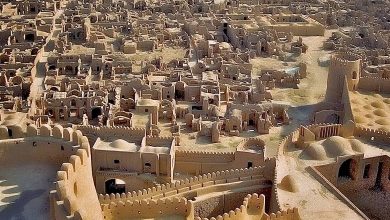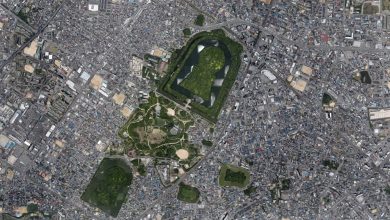What Japan’s two capitals have in common: millennial Kyoto and modern Tokyo
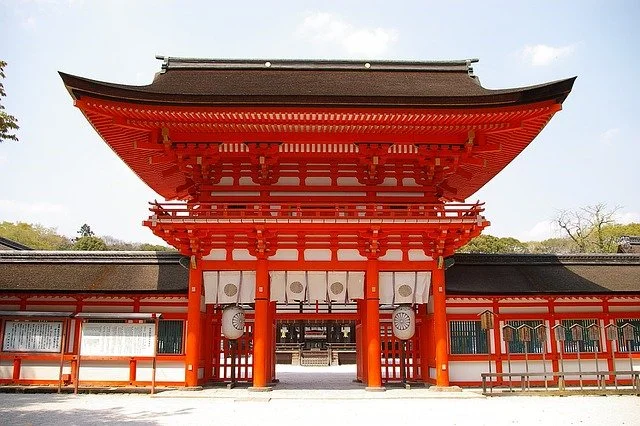
The names “Kyoto” and “Tokyo” are suspiciously similar, and people unfamiliar with Japan sometimes wonder whether they are not the same city. Of course, there are two cities, but the anagram is not accidental; Kyoto and Tokyo indeed have a lot in common, and it’s not just the name. Both cities are rightfully called capitals, except that the first is a millennial capital and the second a very young one.
Heian, the future capital of Kyoto
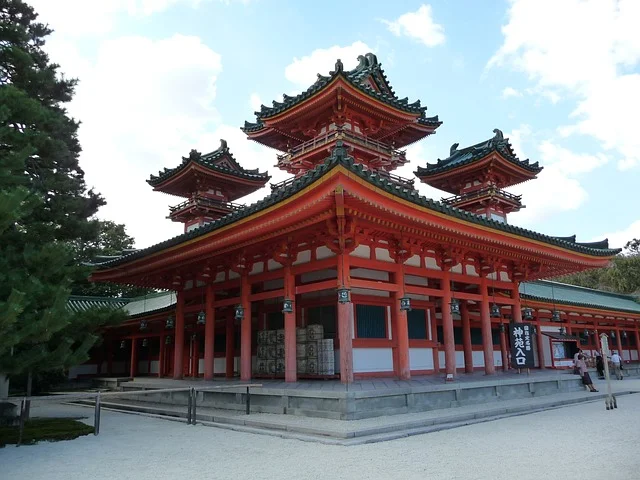
Kyoto’s history goes back not even a thousand years, but much longer. However, in its early days, it was not the capital, not Kyoto, and not a city at all. Here, in the central part of Honshu Island, settlements have existed since the Neolithic. But only since the VII century, this marshy area surrounded on three sides by mountains was actively used. At this time, members of the Hata clan made the future capital their residence.
The city grew and prospered, developing sericulture and weaving here. In 794, the city was chosen as the seat of the emperor’s residence and was granted the status of the capital. The settlement came to be called Heian, the “Capital of Peace and Tranquillity.”
Before Heian, since the fourth century, many towns had been awarded the honor of capital, usually for short periods, sometimes several times. Sakurai, Asuka, and Heijokyo, among others, were the main cities. Heian was built according to feng shui and modeled on the ancient Chinese capital of Chang’an. Later it was named Kyoto – “the Capital City.”
And from the end of the 12th century began the era of the Shogunate – the actual rulers of Japan. The Shogunate came into being through an old tradition – one of the aristocratic clans always helped the imperial family to maintain supreme power.
Subsequently, the shogun, a military commander and the most important official in the state, became the holder of far greater powers than the monarch, and the shoguns had their capital. There were three such cities during the shogunate era – Kamakura, Kyoto, and Edo. The latter was what would later become Tokyo.
Edo, present-day Tokyo
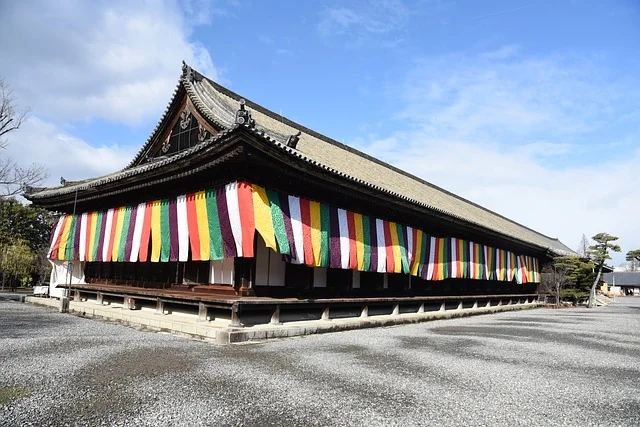
It is now the largest city in Japan, or rather, not even a city, but a prefecture consisting of numerous administrative units – urban formations, towns, and rural communities. The future capital began as a small fishing village of Edo. In 1603, the Shogun Tokugawa Ieyasu decided to set up his residence here. A castle was built. A century later, Edo became a metropolis, one of the largest cities in the world
Due to its location, the city often suffered from earthquakes and the fires caused by them, but in the Edo period, there was no destruction due to war for a long time. However, its status as the capital of the Shogunate did not make Edo the country’s dominant city – until 1868, when the Meiji era began, and Emperor Mutsuhito regained the supreme power, ending centuries of Shogun rule.
The reforms brought by the Meiji Restoration quickly transformed Japan, an economically backward and isolated country, into one of the world’s leading powers. With the beginning of the reforms, the emperor moved the palace to Edo, which has since been named Tokyo (the eastern capital). For a time after that, Kyoto was called Saikyo, i.e., “the western capital.
Capital cities’ similarities and differences
Kyoto (Kyoto-shi) and Tokyo (Tokyo-shi), where “to” means “east,” “to-shi” means “city” and “kyo” means “capital,” are probably similar in importance. The two capitals are 513 kilometers apart (and it takes two hours and 15 minutes to get from one to the other by train, such as the Japanese way of transport).
However, while Tokyo is a huge layered city, a city of the future organized so that tens of millions of people could work and live there effectively and comfortably, Kyoto, though also a megalopolis, is “small.”
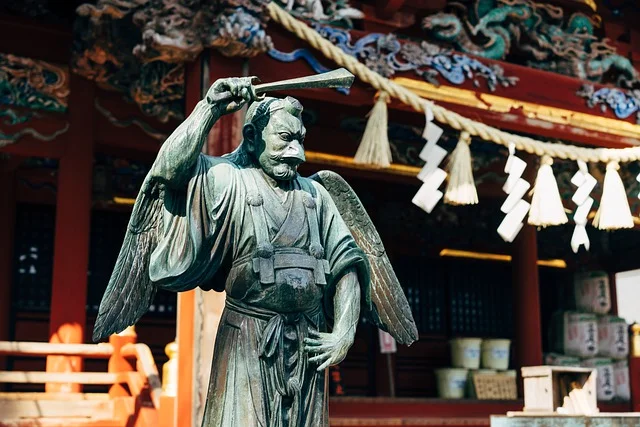
Kyoto is considered the cultural capital of the country. It is precisely the city’s long history that has preserved many of its attractions: during World War II, the US Air Force aircraft were not sent by the commanding officers to bomb the ancient capital. Kyoto is home to some two thousand Buddhist temples and Shinto shrines. Many of these have been declared UNESCO World Heritage sites.
Unlike the eastern capital, Kyoto is a low-key city, with much greenery in the northern part. The traffic congestion and the number of people, in general, are much better here. The Japanese Government has a special position in Tokyo – the “pushers” – workers who help push people into the train carriage during the rush hour.
In the modern capital, even the zoo is supposed to be closed for two months every year – to give the animals a rest from the huge flow of people. But Kyoto has a very strong student population – it’s also Japan’s center of higher education.


